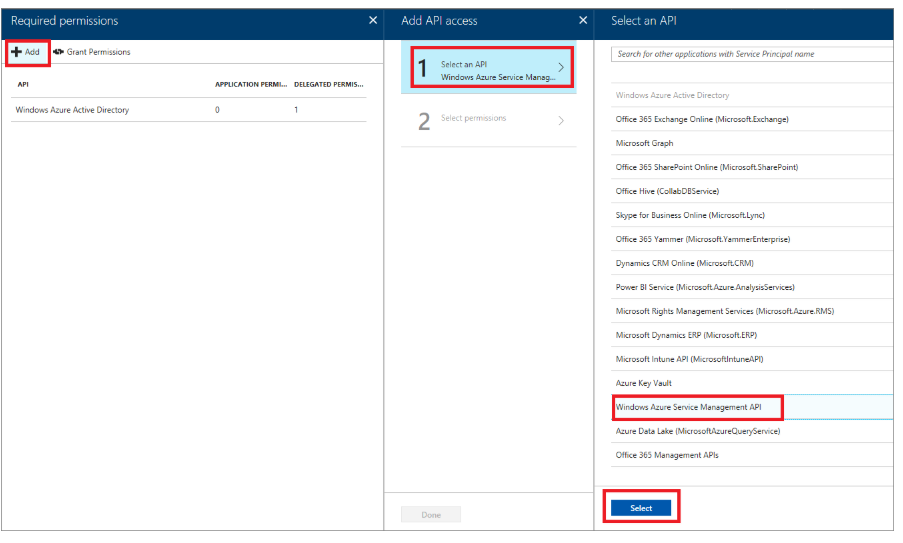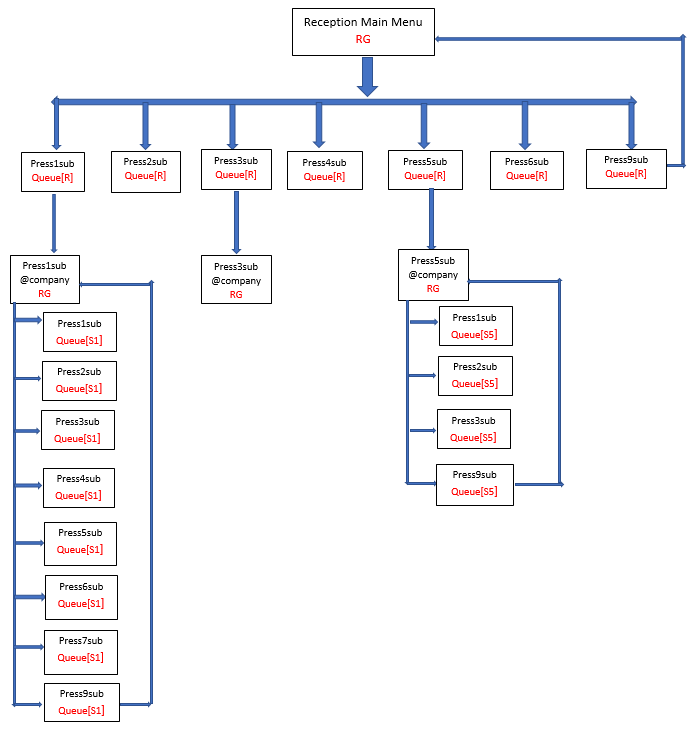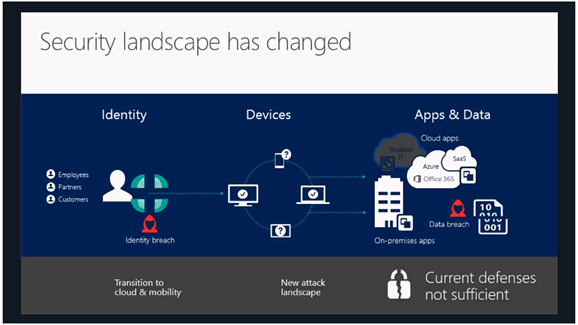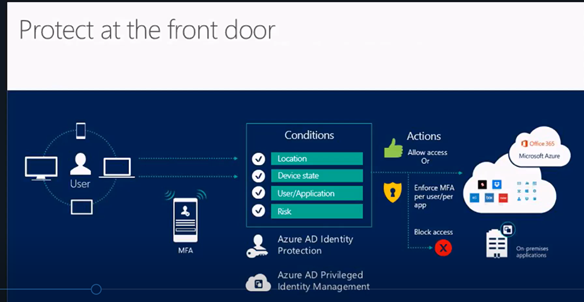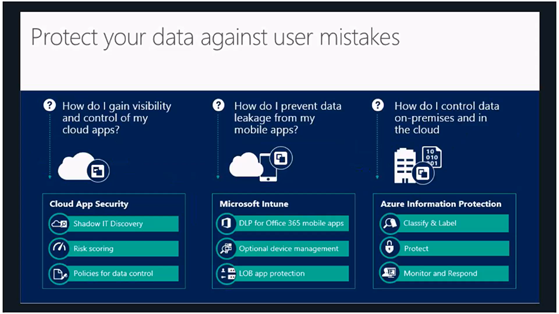Use AppKey to change WebApp's default DNS settings since ASE App Services don't inherit vnet's DNS settings
Recently I helped a customer with app service implementations. The web app service was deployed under isolated App Service Environment (ASE) and connected with enterprise VNets between on-prem servers and Azure subscriptions. When the Application tried to connect to the on-prem SQL DBs, it threw out an exception – the SQL DB name can’t be resolved. I checked the ASE vnet’s DNS settings and it looks all good to me and DNS settings points to the correct internal DNS servers.… [Keep reading] “Use AppKey to change WebApp's default DNS settings since ASE App Services don't inherit vnet's DNS settings”

